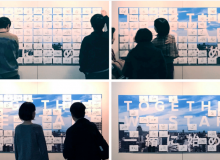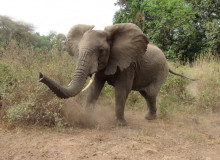Featured Stories
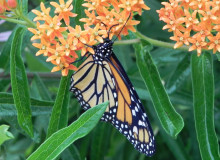
Emma Percy uses milkweed seed bombs to support native flora and fauna growth in Albert, New York. Milkweed is a native species and an important food source for the Monarch Butterfly. (Pixabay)
Syracuse University
Warrior-artist Emma Percy uses environmentally inspired art to reconnect people and the planet. Through the use of "guerrilla gardening" seed bombs, Percy challenges the culture of separation between man-made and natural.
UC Berkeley
Interactive artist Purin Phanichphant shows through his work that the way we communicate ideas is critical to creating an impact.
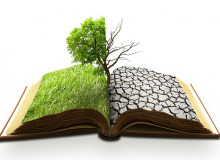
(Source: Megapixl)
Eco-Business
In this Q&A with Matthew Schneider-Mayerson of Yale-NUS College, find out how literature, science fiction, and activism can transform the uncertainties of this dangerous era.
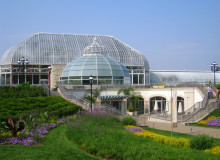
The Phipps Conservatory and Botanical Gardens is in Pittsburgh’s Oakland neighborhood. (Wikimedia Commons)
George Washington University
Of all the places on the planet you’d expect to find the greenest building, you probably don't think of Steel City.

(Unsplash/ DiEtte Henderson)
Planet Forward Senior Correspondent | Cornell University
A list of useful, practical, sustainable, and fun products to give and receive this holiday season.
SUNY Environmental Science and Forestry
Farmers in East Africa are using bees to deter crop raiding elephants and increase food security in the area.
Northwestern University
The clean-up of toxic waste from a Superfund site in a village in Central Illinois has been virtually stagnant for almost 20 years. Read about the dynamics between the community and government in the clean-up process.
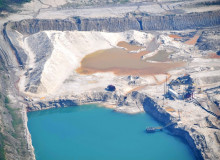
Northern White Sand mine, North Utica, Illinois. Aerial images taken with the assistance of the non-profit pilot collaborative LightHawk. (Ted Auch/FracTracker Alliance, June 2016)
Northwestern University
Farmers in Illinois are fighting in an ongoing lawsuit to stop a proposed sand mine that would be built close to their land.
State University College at Buffalo
David Wallace-Wells, the author of the New York Magazine piece "The Uninhabitable Earth," sat down to talk about the magazine's most-read article with Planet Forward. Here are five things we learned about telling the climate story.
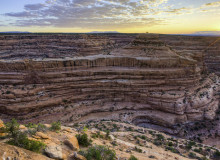
A part of the 1.35 million acre Bear Ears National Monument (Bob Wick, Bureau of Land Mangement/ Creative Commons)
Seattle, WA
A major policy focus of Theodore Roosevelt was to preserve the natural beauty the United States, but that legacy is challenged by President Trump and Secretary of the Interior Ryan Zinke.

